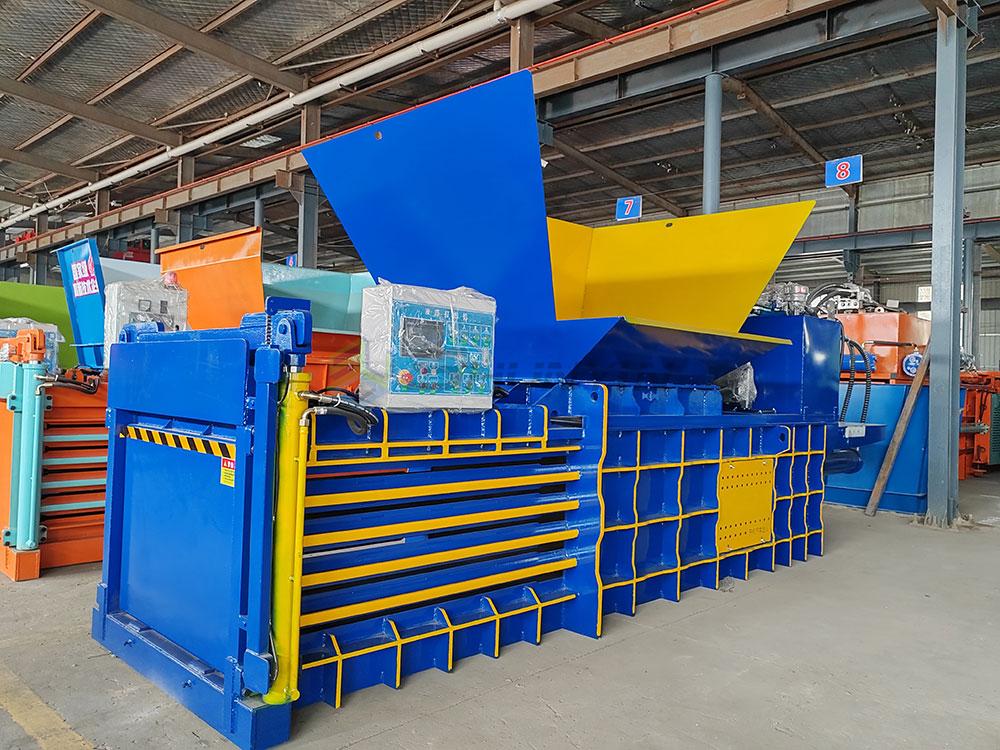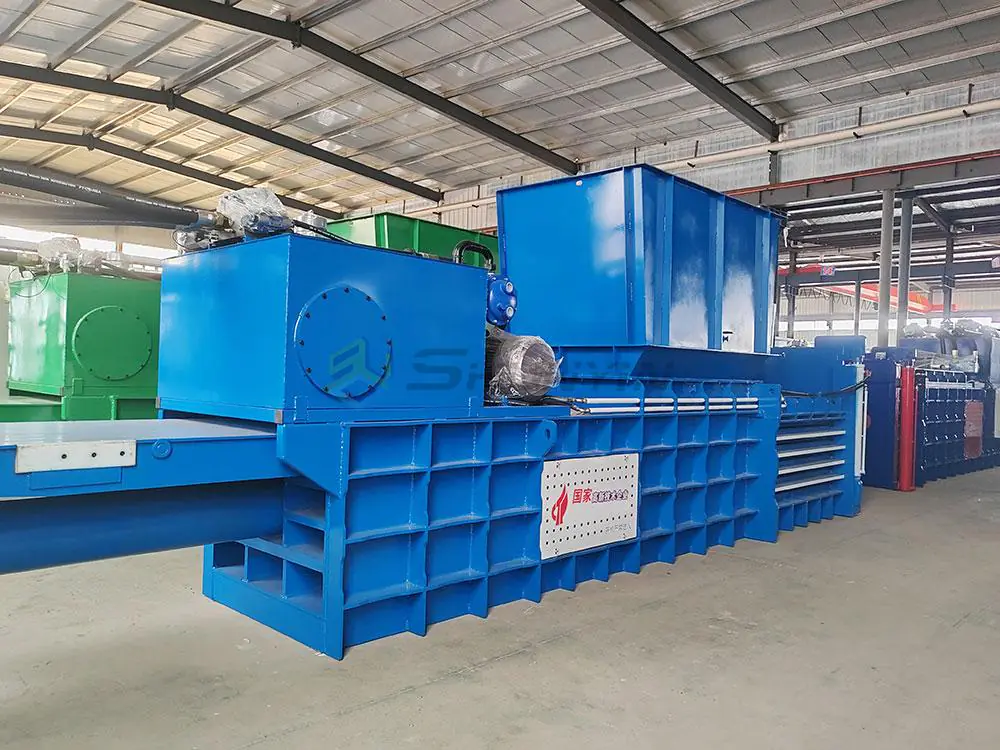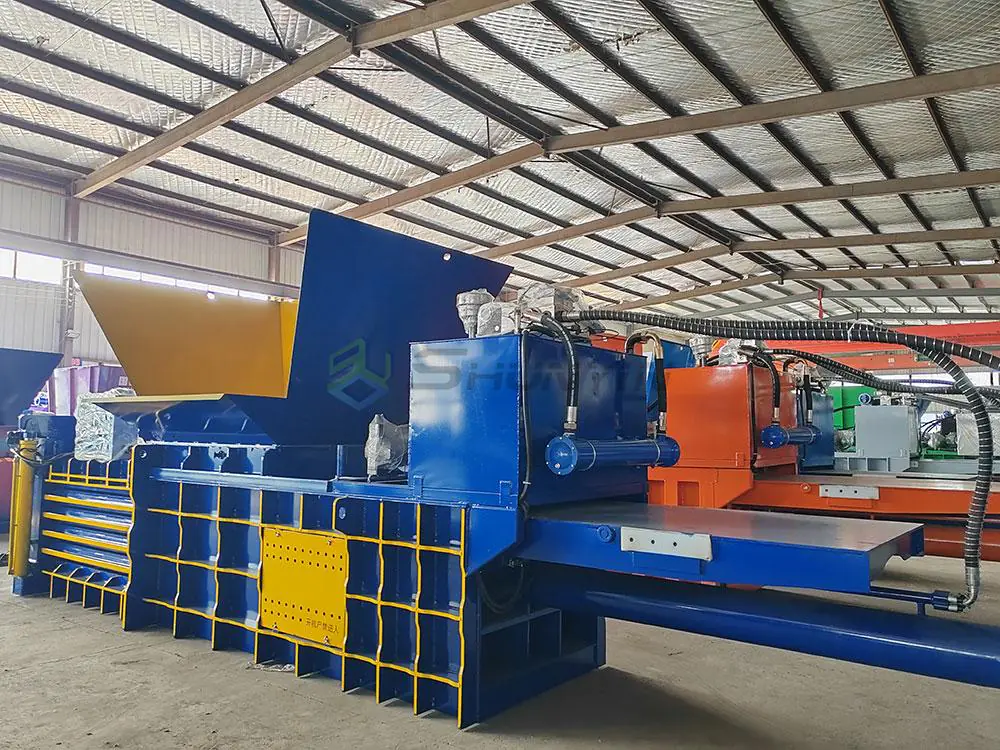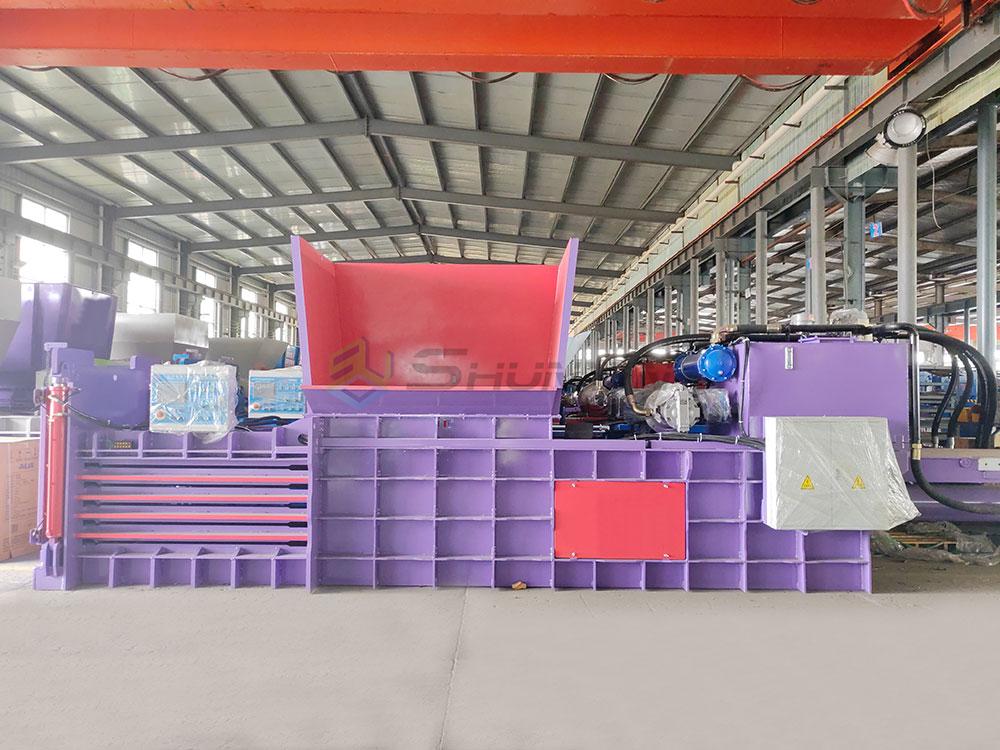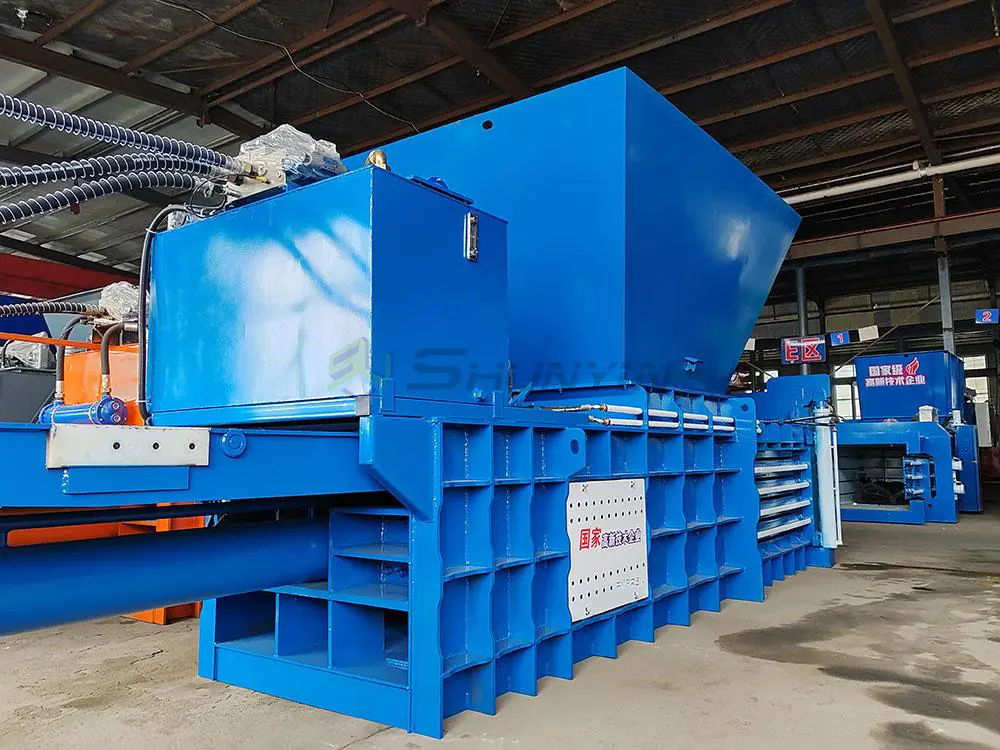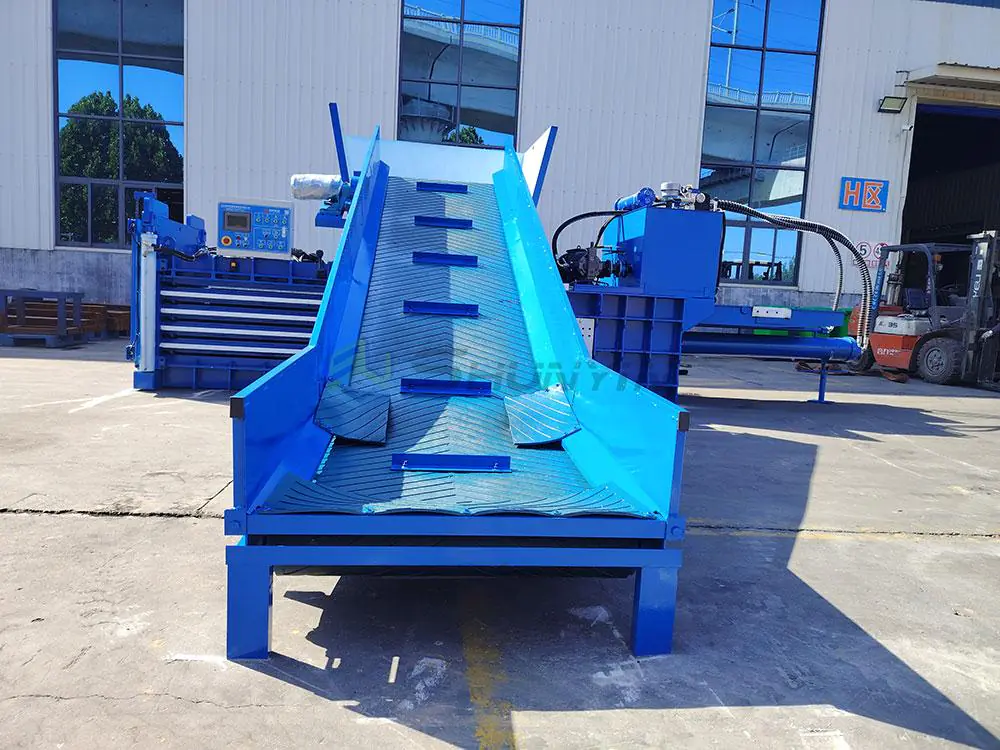Frustrated by slow manual compaction? Crushing costs eroding profits? Hydraulic technology transforms efficiency overnight.
Hydraulic baling presses use pressurized fluid systems to generate immense force (1,800-12,000 PSI), compacting recyclables into dense, transport-ready bales that maximize material value and minimize processing costs in one automated cycle.

Lambert achieved 200% ROI upgrading to our SY-450H model. Witness hydraulic power revolutionization.
What is a hydraulic baling machine?
Losing revenue to inefficient compaction? Japanese clients report 40% higher density with our systems.
Hydraulic baling machines are specialized recyclable compactors using pressurized fluid cylinders to generate industrial-grade compression forces, converting bulk materials into standardized, high-value bales with minimal operator intervention.

Engineering behind the pressure
After installing 300+ units globally, I’ve seen hydraulic superiority firsthand.
Critical power specifications
| Model Type | Force Range (tons) | Pressure Output (PSI) | Application |
|---|---|---|---|
| Vertical | 10-35 | 1,800-3,200 | Low-volume sites |
| Horizontal | 45-120 | 3,800-6,500 | Distribution centers |
| Two-Ram | 150-280 | 8,000-12,000 | Industrial recycling |
| Custom | 300+ | 15,000+ | Specialized materials |
North American facilities prefer our 120-ton models. Match to your needs
Must-have hydraulic components
- Tandem pumps: Maintain constant pressure
- Heat exchangers: Prevent fluid breakdown
- Pressure sensors: Optimize compression
All SYBALING units include thermal protection. Request engineering specs
What is a hydraulic press machine used for?
Wasted space in your facility? Singapore warehouses reclaimed 80% floor area after installation.
Hydraulic press machines compress diverse materials including cardboard, plastics, textiles, and metals into mill-ready bales using programmable force – enabling volume reduction up to 90%, efficient transport, and premium recyclable resale values.

Beyond recycling: industrial applications
Lambert expanded services to include foam baling after seeing our machine’s versatility.
Industry-specific optimization
| Material | Compression Ratio | Force Required | Bale Profit Increase |
|---|---|---|---|
| Cardboard | 6:1 | 60 tons | 110% |
| PET bottles | 8:1 | 80 tons | 90% |
| Aluminum cans | 10:1 | 100 tons | 150% |
| Textile waste | 7:1 | 75 tons | 75% |
Our customizable platens handle unique materials. Test your materials
Critical cross-industry features
- Variable programming: Adapt pressure per load
- Contamination detection: Protect downstream processes
- Cross-compaction: Ensure density uniformity
We include material-specific presets. Get programming guide
How does a hydraulic press machine work?
Confused by complex mechanics? Canadian operators mastered our system in 2 hours with training.
Hydraulic presses work through Pascal’s principle: a pump transfers fluid to cylinders, amplifying small input force via pressure differentials to generate massive output force (2,000-30,000 PSI) for precision compression cycles.

Force multiplication science
Tokyo facilities reduced energy consumption 35% with our pressure optimization systems.
Hydraulic circuit comparison
| System Type | Operation | Force Efficiency | Maintenance Cost |
|---|---|---|---|
| Open Loop | Basic recycling | 75% | $1200/year |
| Closed Loop | Precision forming | 92% | $750/year |
| Proportional | Variable materials | 98% | $550/year |
| SYBALING Smart | AI-controlled | 99%+ | $350/year |
Lambert cut maintenance 60% upgrading. Compare systems
Core operational sequence
- Intake: Material loaded onto charging chamber
- Compression: Platen forces material against walls
- Pressure hold: Hydraulics maintain force profile
- Ejection: Automatic bale discharge
Full cycles complete in 45-90 seconds. Watch workflow video
What is a baler machine used for?
Struggling with shipping frequency? North American clients reduced truckloads 70% after implementation.
Baler machines compact bulk waste materials into dense, manageable bales using mechanical or hydraulic compression, achieving two core functions: 1) Optimizing storage and transport efficiency 2) Preserving recyclable material value throughout handling.

Profit transformation mechanics
Singapore recyclers increased mill contracts after meeting bale specifications.
Key operational impacts
| Parameter | Before Baling | After Baling | Improvement |
|---|---|---|---|
| Space needed | 1000 ft² | 200 ft² | 80% reduction |
| Labor cost | $36/ton | $8/ton | 78% savings |
| Material value | $70/ton | $140/ton | 100% increase |
| Transport cost | $90/load | $30/load | 67% reduction |
Japanese plants measured 11-month payback. Calculate your savings
Modernization essentials
- IoT connectivity: Track bale metrics
- Automated strapping: Eliminate manual tying
- Yield analytics: Optimize material recovery
Our systems include real-time reporting. Get demo dashboard
Conclusion
Hydraulic baling presses deliver unmatched compression force and efficiency, transforming recyclables into premium bales while slashing operating costs across storage, labor, and transportation.


